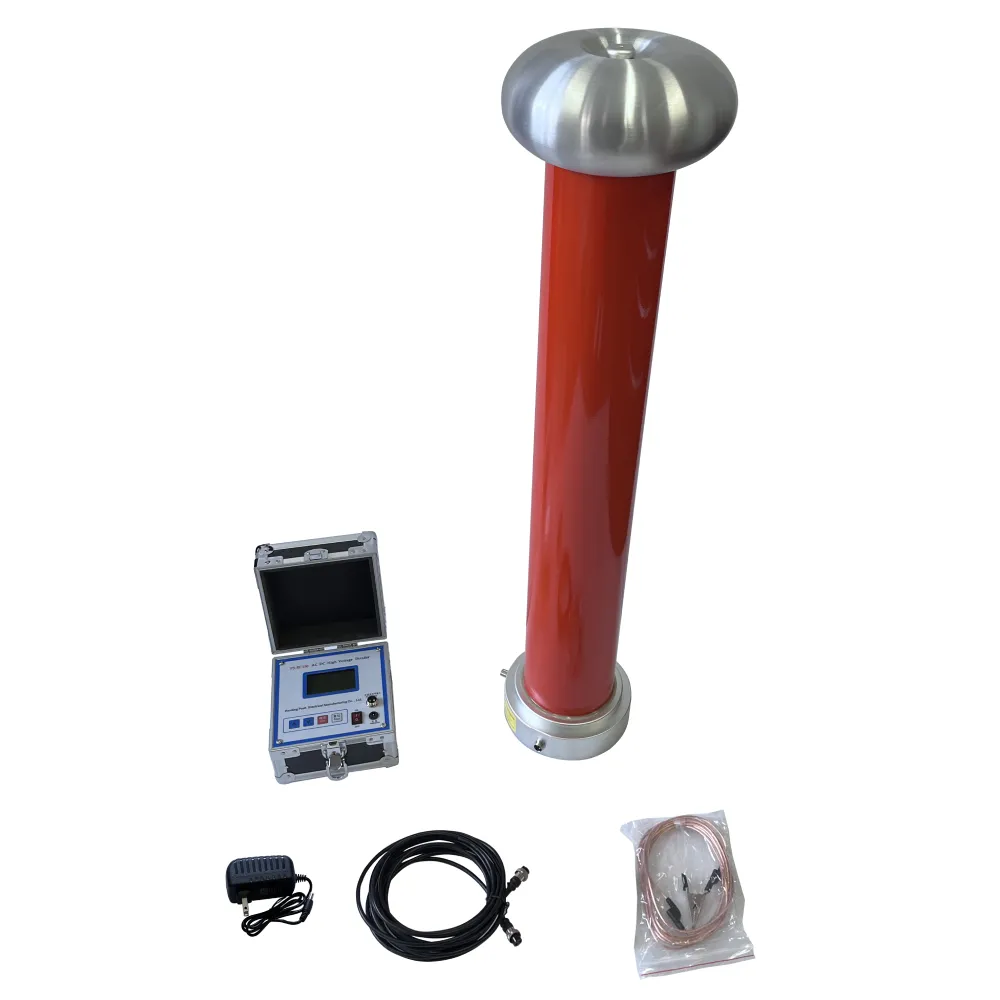 English
English


ct winding resistance test
Understanding CT Winding Resistance Tests
Current transformers (CTs) are essential components in electrical systems, serving to step down high currents for measurement and protection purposes. Ensuring their functionality and integrity is paramount, necessitating regular maintenance and testing. One critical assessment is the CT winding resistance test, which helps evaluate the condition of the transformer windings.
Purpose of the Winding Resistance Test
The primary goal of conducting a winding resistance test is to measure the resistance of the transformer windings. This measurement provides insights into the health of the windings and can indicate issues such as short circuits, open circuits, or inter-turn faults. Conducting such tests helps prevent future failures that could lead to costly repairs or system outages.
Testing Procedure
To perform the winding resistance test, a precision DC resistance bridge or an ohmmeter is generally used. The test involves the following steps
1. Preparation Disconnect the CT from the circuit to ensure safety and accuracy. All associated secondary circuits should be opened, and any load should be removed. 2. Connections Connect the testing device to the winding terminals. For multi-winding CTs, it’s essential to test each winding separately.
3. Measurement Apply a low DC voltage to the windings. The device will measure the current flowing through the winding and calculate the resistance using Ohm’s law (R = V/I).
ct winding resistance test

4. Data Recording Record the resistance values for each winding. It’s important to also take note of the ambient temperature during the test, as winding resistance can vary with temperature changes.
5. Comparison and Analysis Compare the recorded values against the manufacturer’s specifications and previous test results. Significant deviations could indicate potential problems such as deteriorating insulation or mechanical issues.
Interpreting Results
Normal winding resistance values vary depending on the design and specifications of the CT. A sudden drop in resistance could indicate shorted turns or deteriorating insulation, while a significant increase may suggest an open circuit or degradation. Consistent trending analysis over time can also provide insights into the aging process of the transformer windings.
Importance of Regular Testing
Conducting regular CT winding resistance tests should be part of a comprehensive maintenance program. These tests not only help in identifying existing issues but also play a proactive role in predictive maintenance. By monitoring the condition of CT windings, utility companies and industrial operations can ensure optimal performance, minimize downtime, and extend the lifespan of their electrical equipment.
Conclusion
The CT winding resistance test is a vital diagnosis tool in the realm of electrical engineering. Understanding the procedure, interpreting the results, and recognizing the importance of regular testing can significantly enhance the reliability and efficiency of electrical systems. By prioritizing these tests, organizations can ensure continuous, safe operations and prevent unexpected failures, ultimately leading to cost savings and improved service quality.
-
Differences between open cup flash point tester and closed cup flash point testerNewsOct.31,2024
-
The Reliable Load Tap ChangerNewsOct.23,2024
-
The Essential Guide to Hipot TestersNewsOct.23,2024
-
The Digital Insulation TesterNewsOct.23,2024
-
The Best Earth Loop Impedance Tester for SaleNewsOct.23,2024
-
Tan Delta Tester--The Essential Tool for Electrical Insulation TestingNewsOct.23,2024





